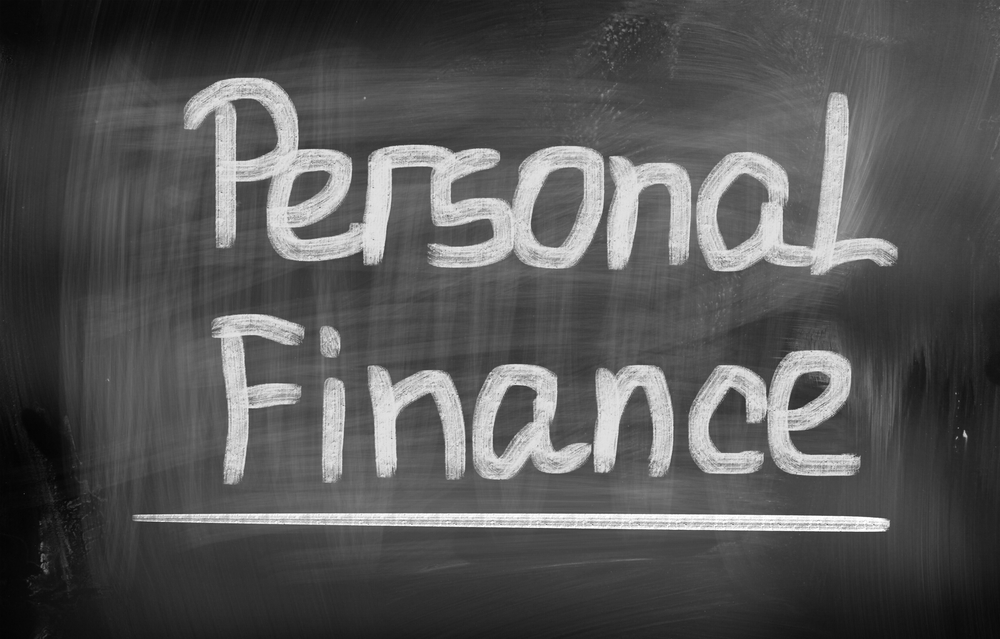Applying for a bad credit loan can be daunting, especially if you don’t know what to expect.
After all, it’s not like this is a type of loan most people want to even think of, as the process can sometimes be overwhelming. A bad credit loan is designed specifically for those with a less-than-stellar credit history who need financial assistance. Bad credit loans can help borrowers build their credit scores while giving them the money to cover expenses or make purchases.
That being said, even if you are applying for a bad credit loan from the best online lenders for low credit score loans, there are certain things you should know to help you make the right decision and get the best deal possible.
Types of bad credit loans
There are several types of bad credit loans available, including payday loans, installment loans and personal lines of credit. Payday loans are short-term cash advances that must be repaid in full on the borrower’s next payday. Installment loans involve borrowing a lump sum and repaying it over time in fixed monthly payments. Personal lines of credit allow borrowers to draw funds up to their approved limit whenever needed and repay the amount borrowed plus interest over time. These bad credit loans come with higher interest rates than traditional bank loans due to the increased risk of lending money to someone with a poor credit history.
Understanding interest rates and fees
It is essential to understand the interest rates and fees associated with bad credit loans. Interest rates are typically higher for bad credit loans than for traditional loans, as lenders view borrowers with poor credit as a greater risk. Generally, secured loans have lower interest rates than unsecured ones. Regarding fees, there are several types that may be associated with bad credit loans, including origination fees (which cover administrative costs), late payment fees (if you miss a payment), prepayment penalties (if you pay off your loan early), and application fees (which cover processing costs).
Choosing the right lender
To choose the right lender for a bad credit loan, there are some factors to consider. First and foremost, you should always ensure the lender is reputable and trustworthy. Research the company’s background and read reviews from other customers who have used their services. It’s also essential to compare different lenders and their offers before deciding on one. Look at interest rates, repayment terms, fees, and other costs of taking out a loan. Ensure you understand these details before signing any paperwork or agreeing to anything. And you should be aware of potential scams or predatory lenders who may try to exploit people with bad credit scores.
Improve your credit score before the application
Improving your credit score before applying for a bad credit loan is essential to get the best terms and interest rates. The first step is to check your credit report and ensure all the information is accurate. If there are any errors, contact the relevant credit bureau and have them corrected. Once you’ve done this, it’s time to start paying down your debt. Make sure you pay off any outstanding balances on time and in full each month. It will help improve your payment history, which is 35% of your overall score. You should also try to keep your credit utilization ratio below 30%. This means you should only use a maximum of 30% of available credit at any given time.
Tips for negotiating better terms
When negotiating better terms on a bad credit loan, you need to be prepared. Before you even start talking to the lender, ensure you have your financial information ready and organized. This should include your income, expenses, debts, and assets. Knowing this information will help you determine how much money you can realistically afford to borrow and what kind of repayment plan would work best for you. When negotiating, be honest about your situation and explain why they must offer more favorable terms on the loan. If possible, try to get the lender to lower the interest rate or extend the repayment period so that it is easier for you to repay the loan without putting too much strain on your finances.
Managing debt after taking out a bad credit loan
To best manage your debt after taking out a bad credit loan, the most important thing is to create a budget and stick to it. Start by listing your income sources and expenses, including the amount you owe on your loan. It will help you determine how much money you have available monthly to pay off your debt. Once you know this amount, set up an automatic payment plan with your lender to make the payments on time each month. You should try to pay more than the minimum payment whenever possible to reduce the principal balance faster. Consider consolidating or refinancing your loans to lower interest rates and make repayment easier.
In conclusion, before applying for a bad credit loan, it is essential to understand the terms of the loan and determine if they suit your financial situation. You need to be aware of all associated fees and the potential risks of taking out such a loan. And you must determine if you would be able to repay the loan in full.

